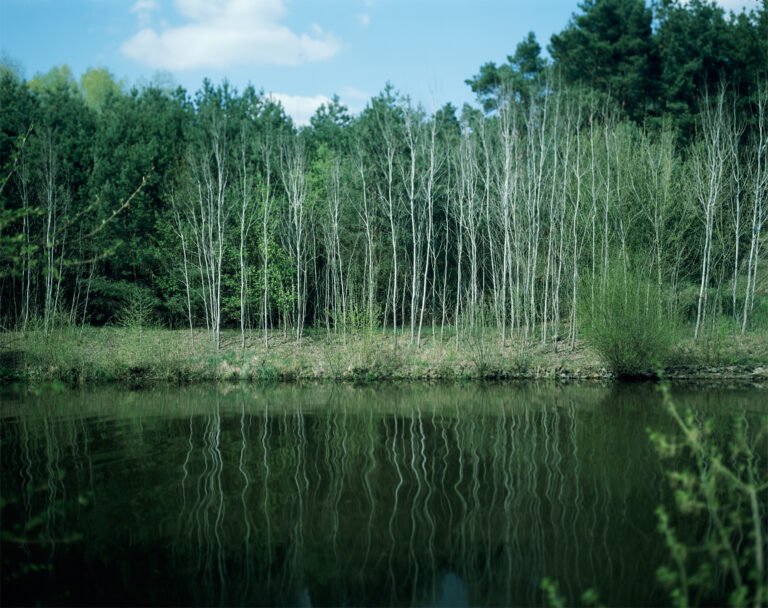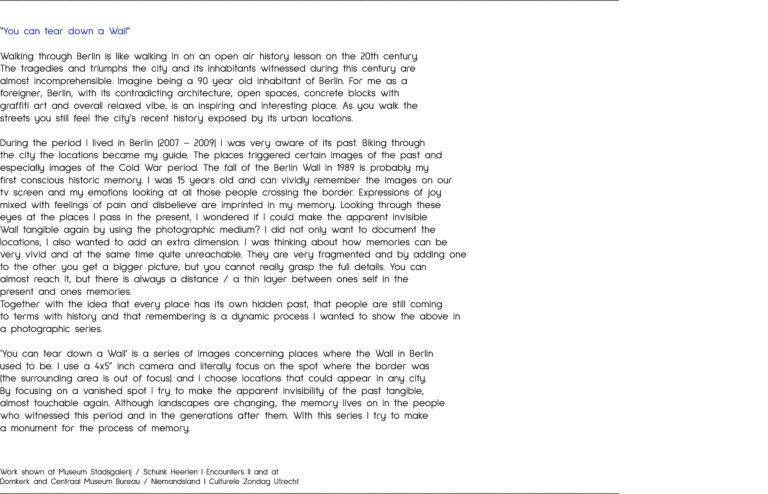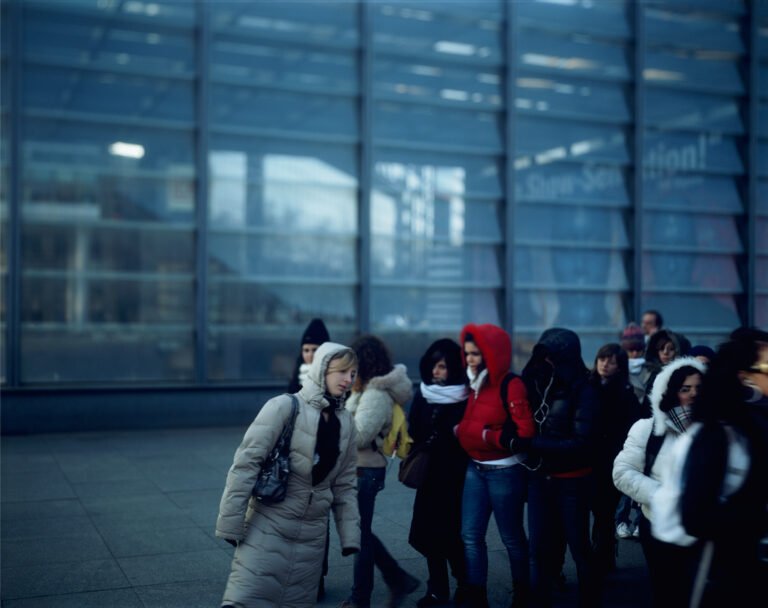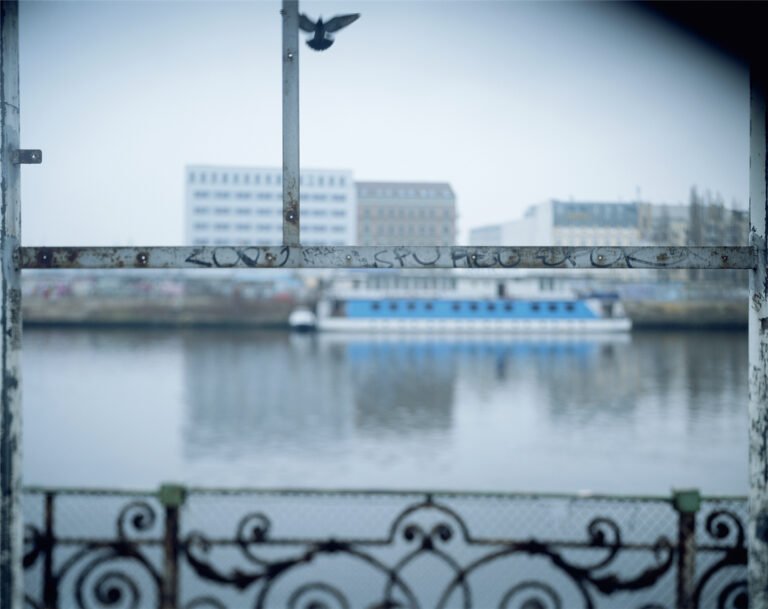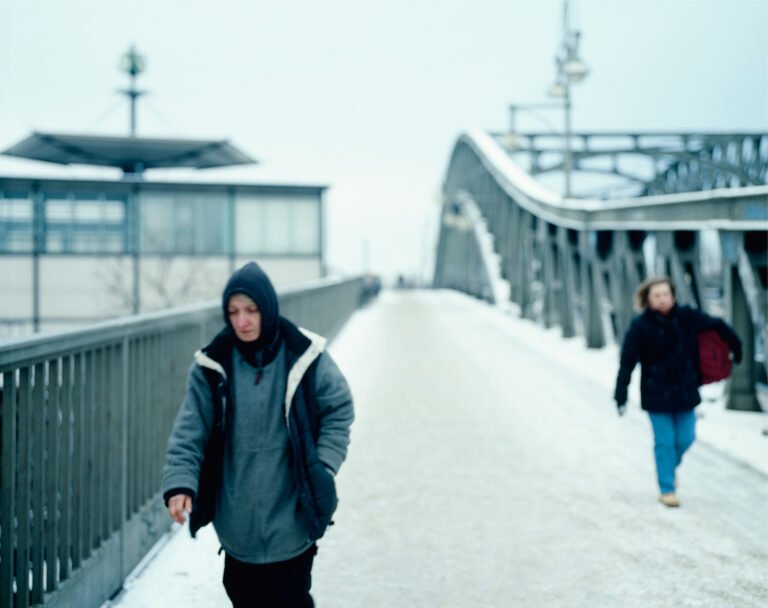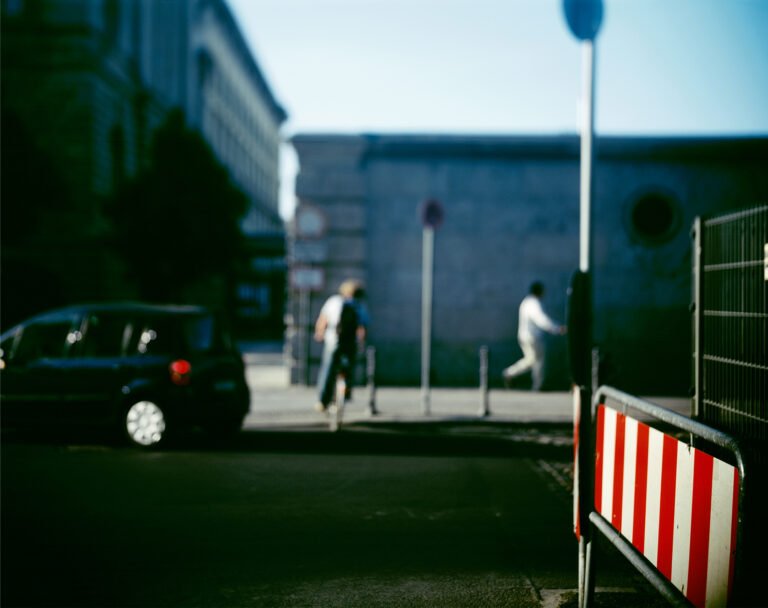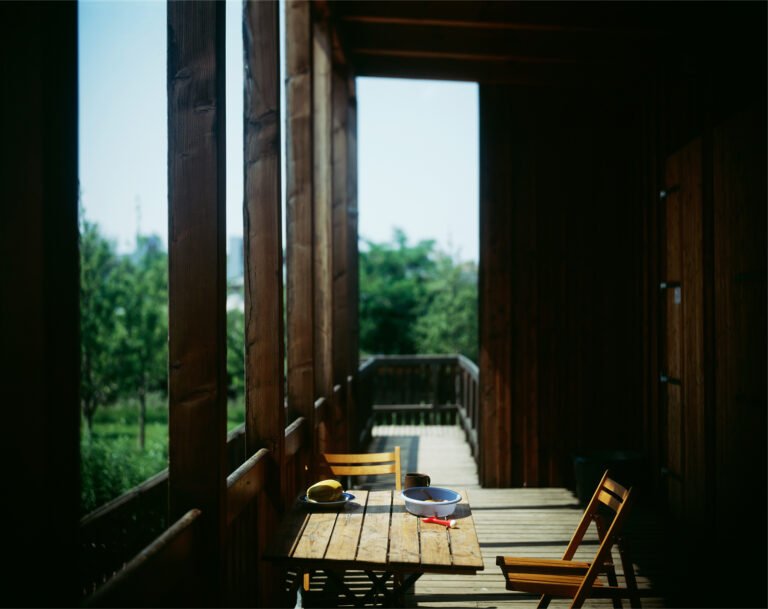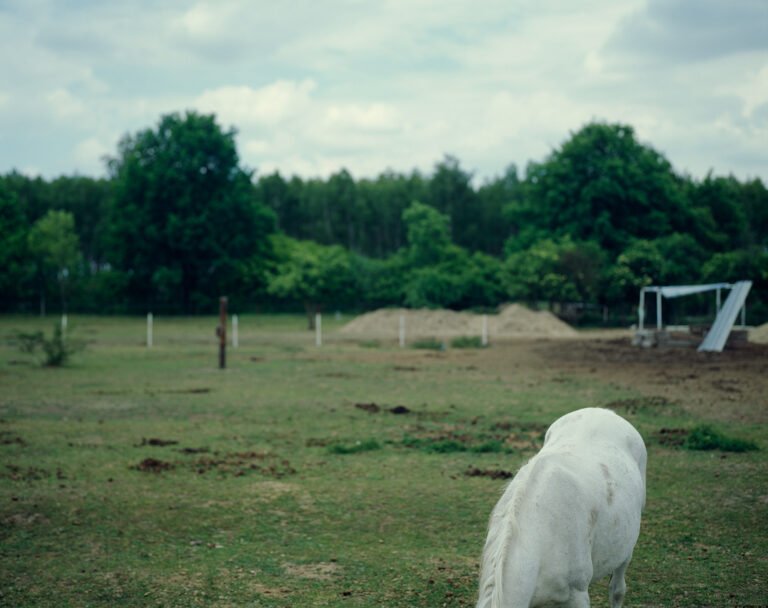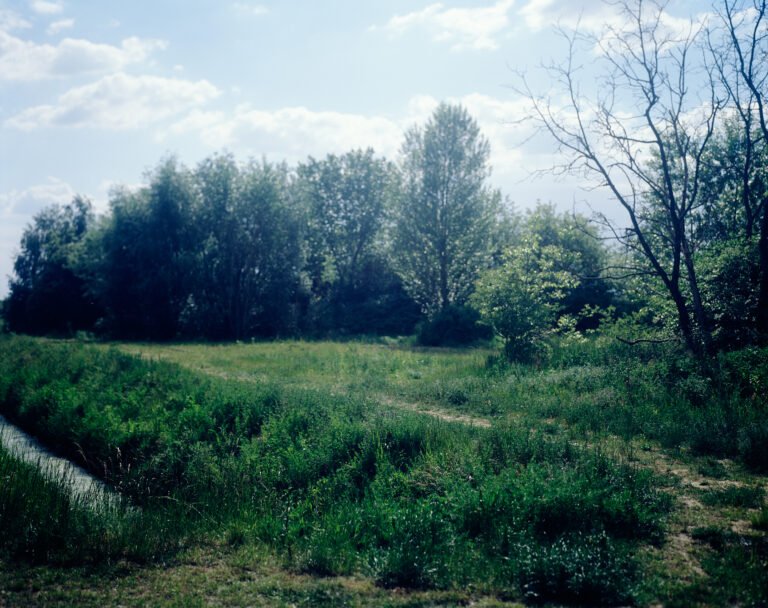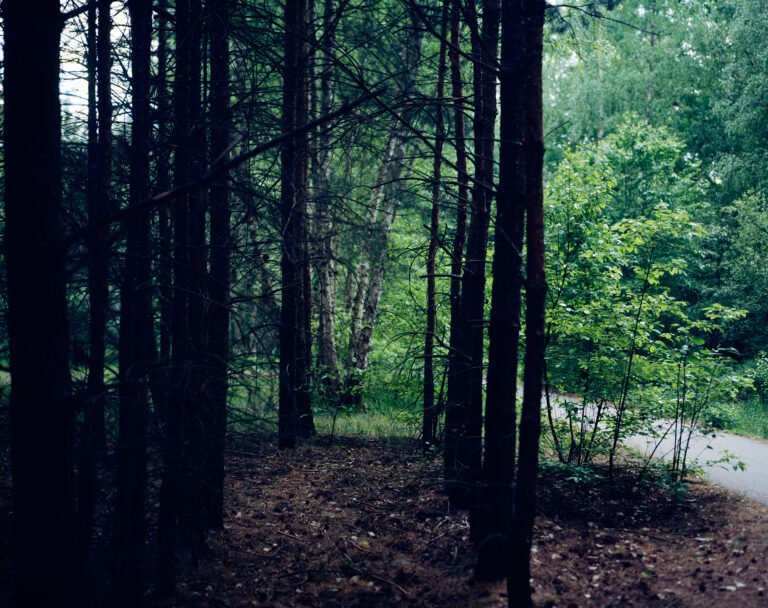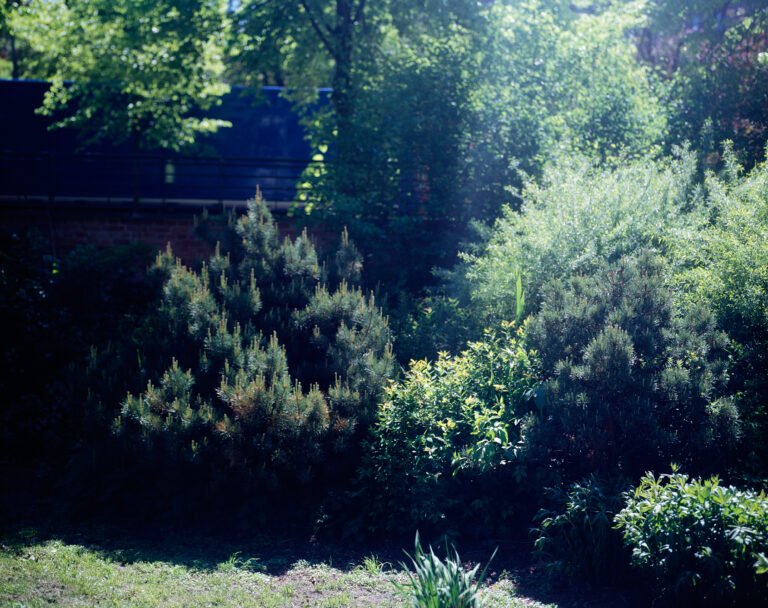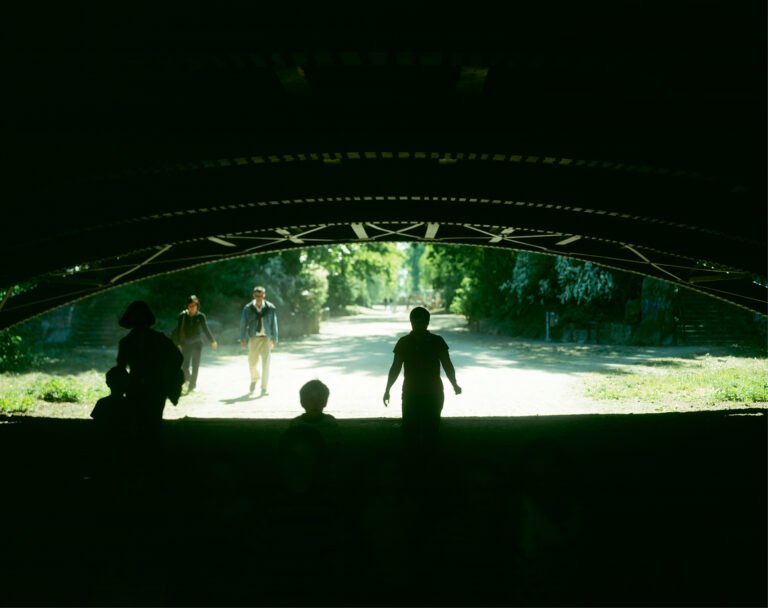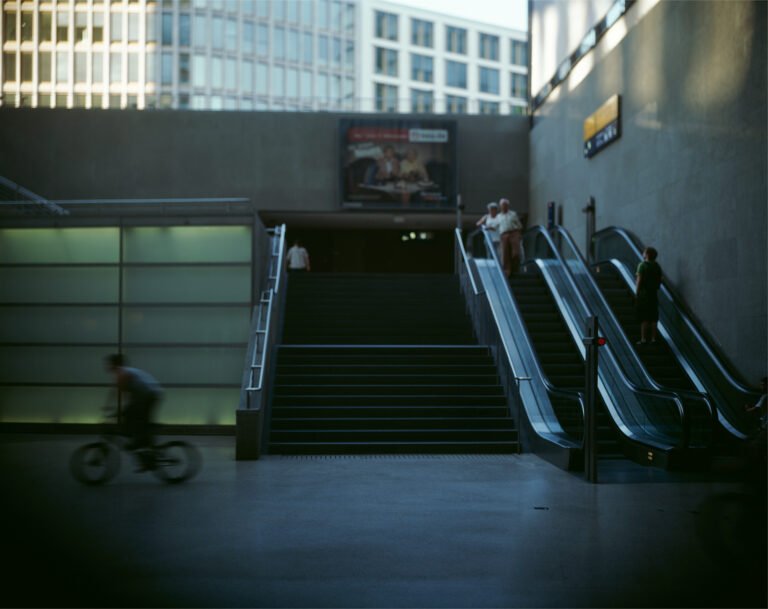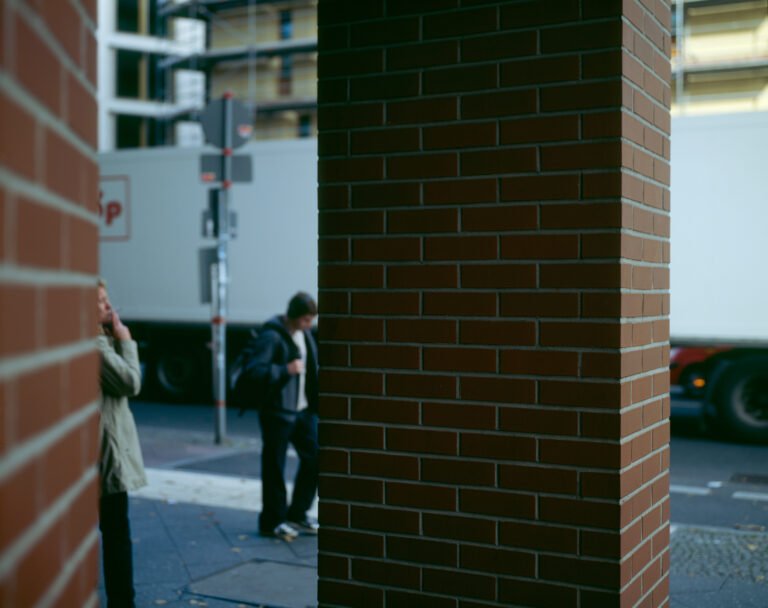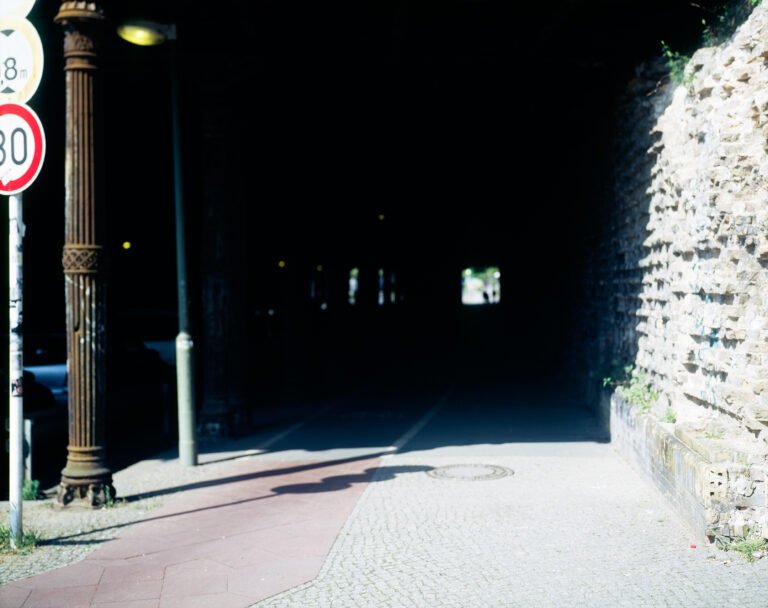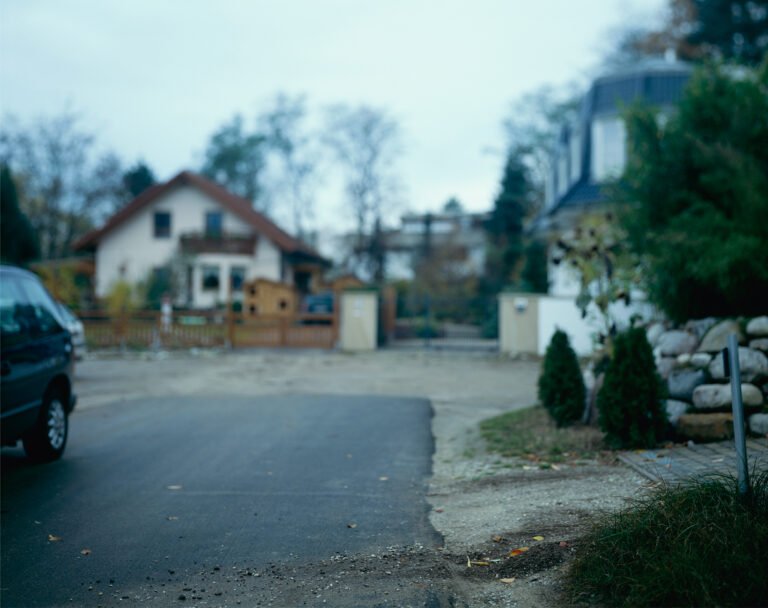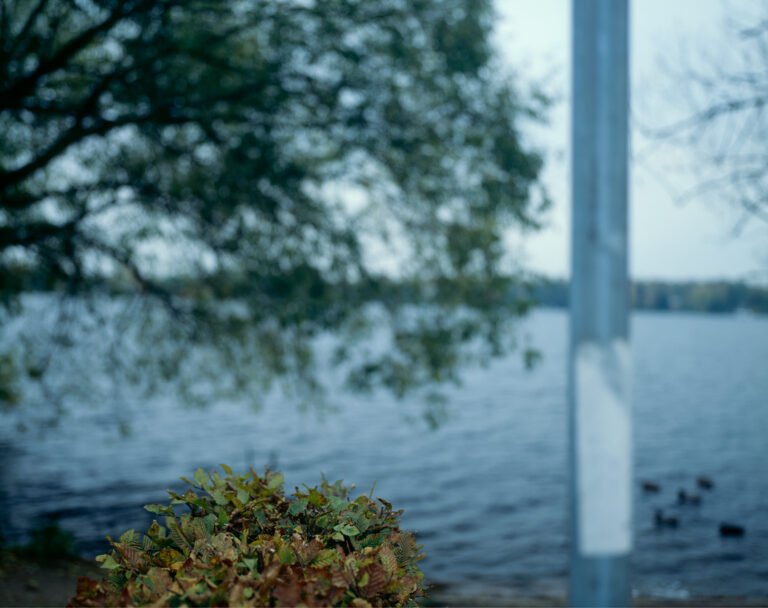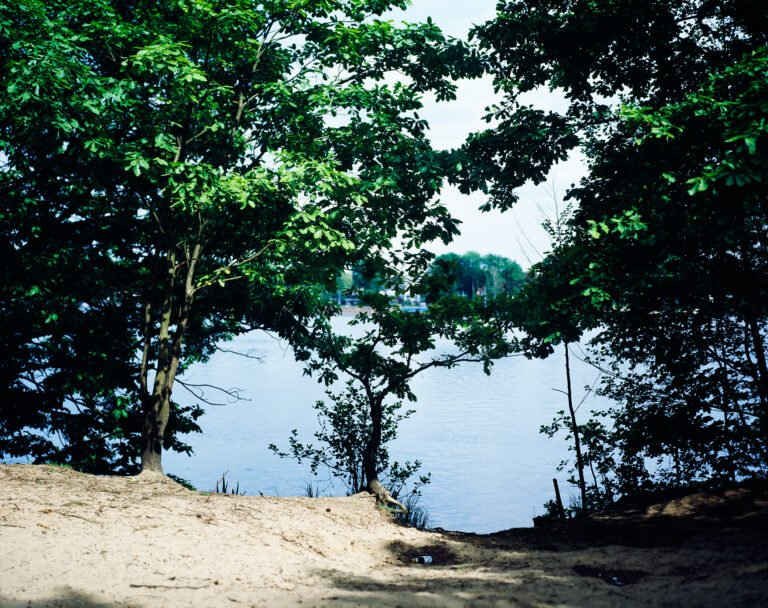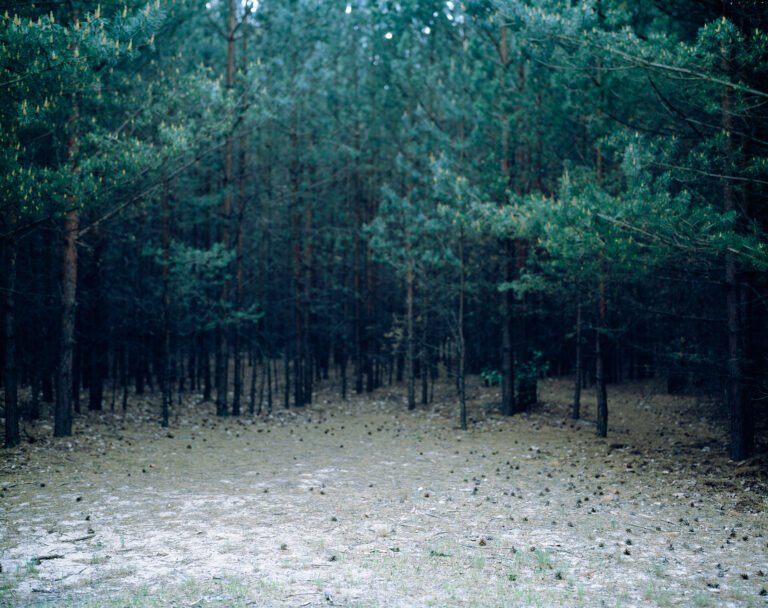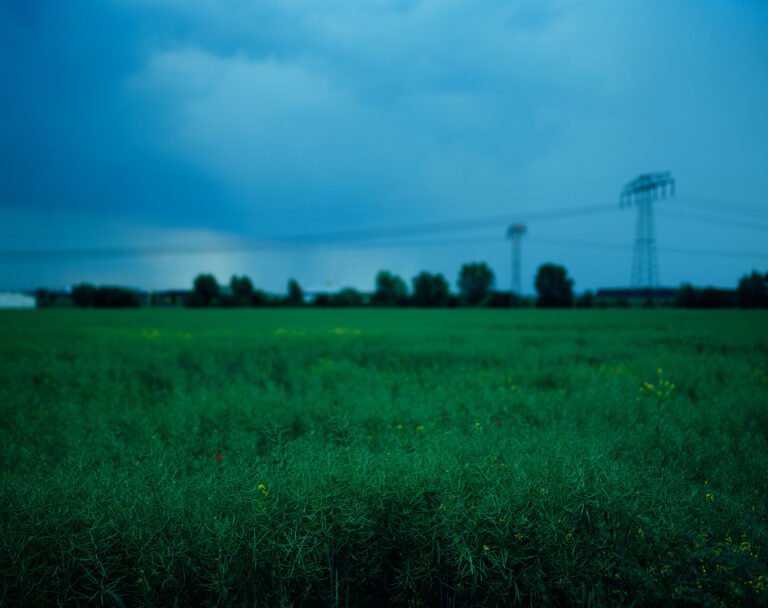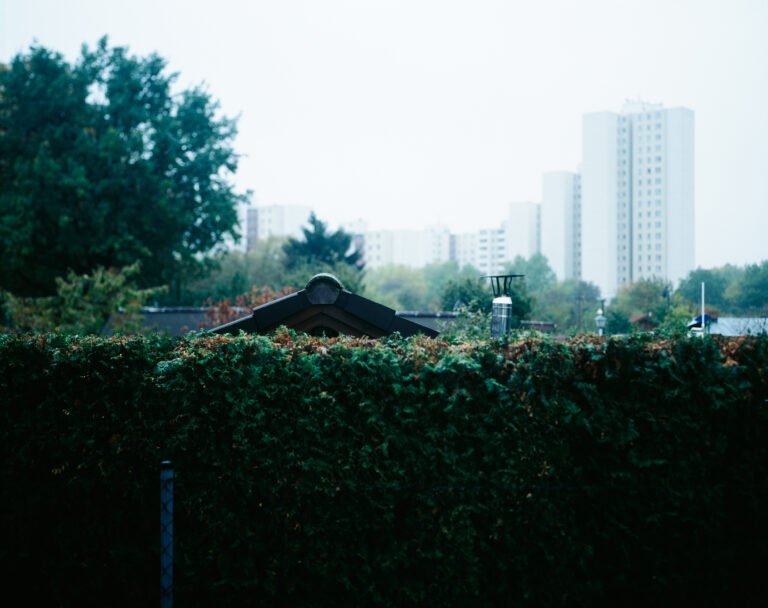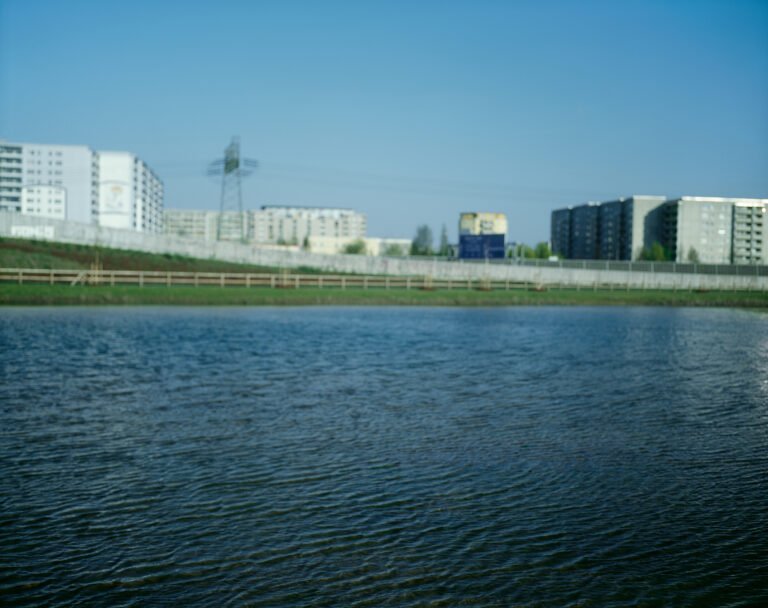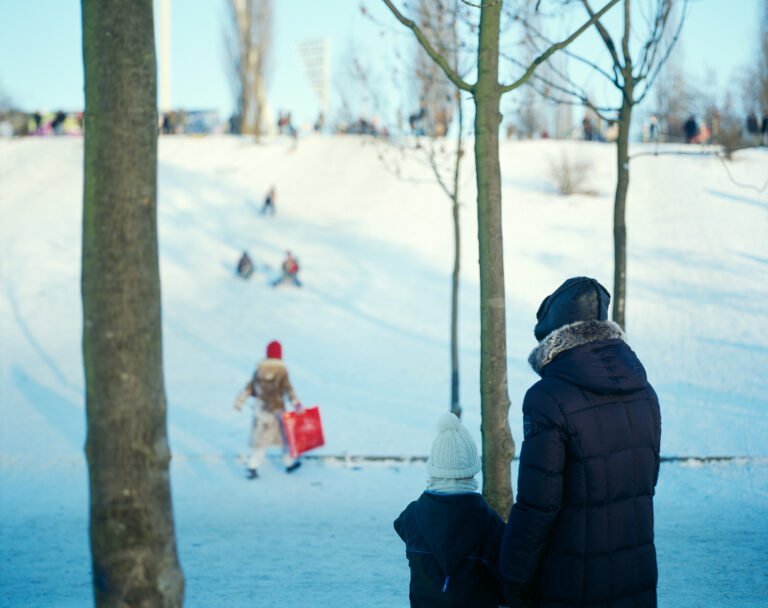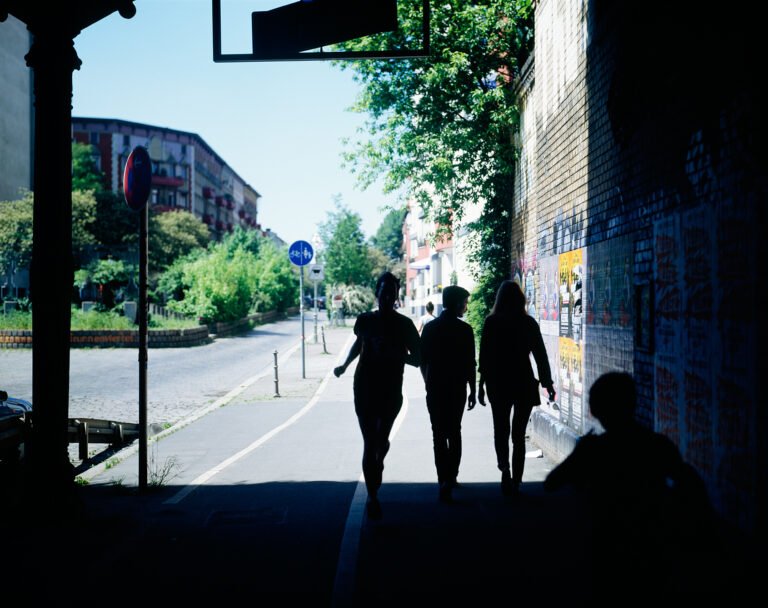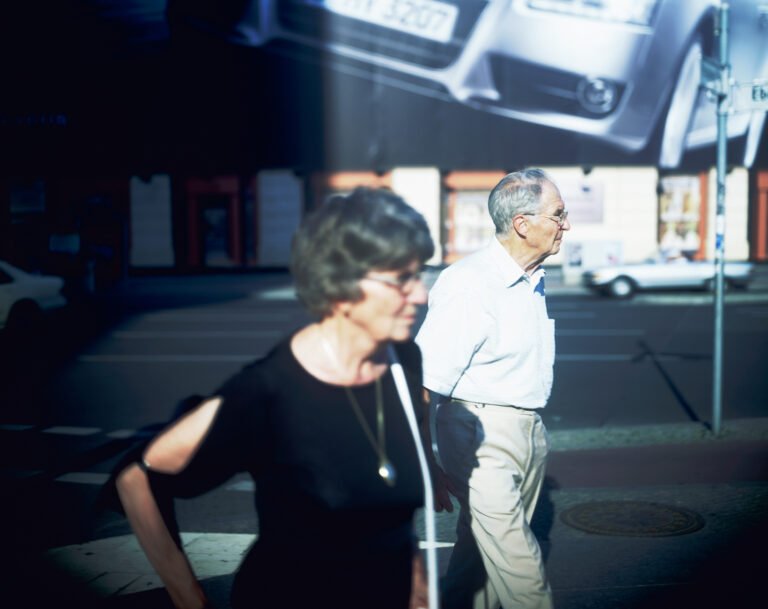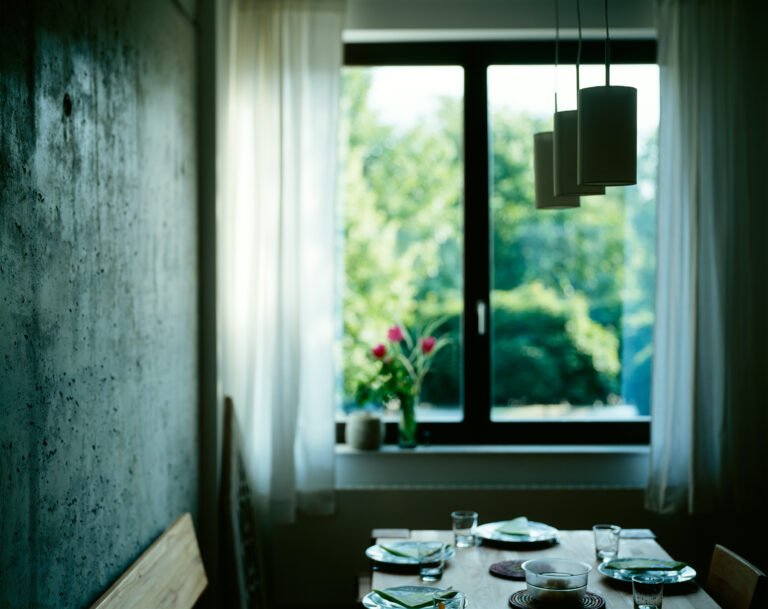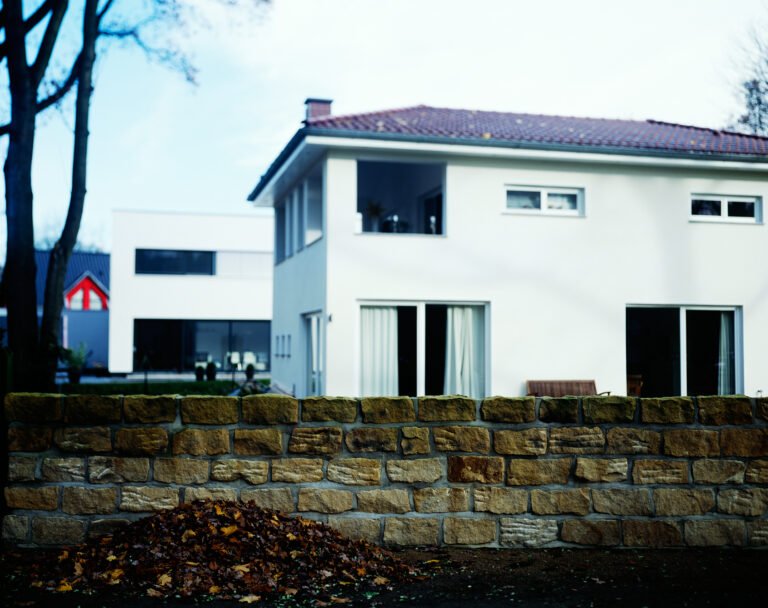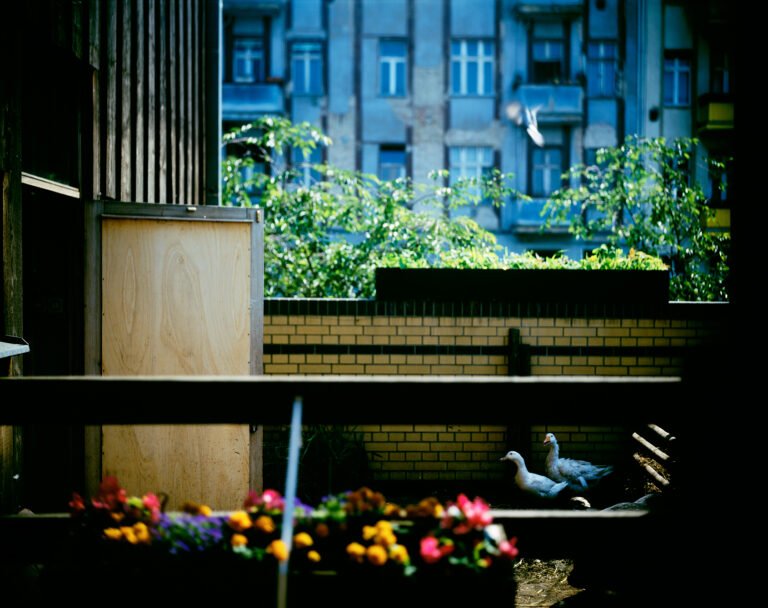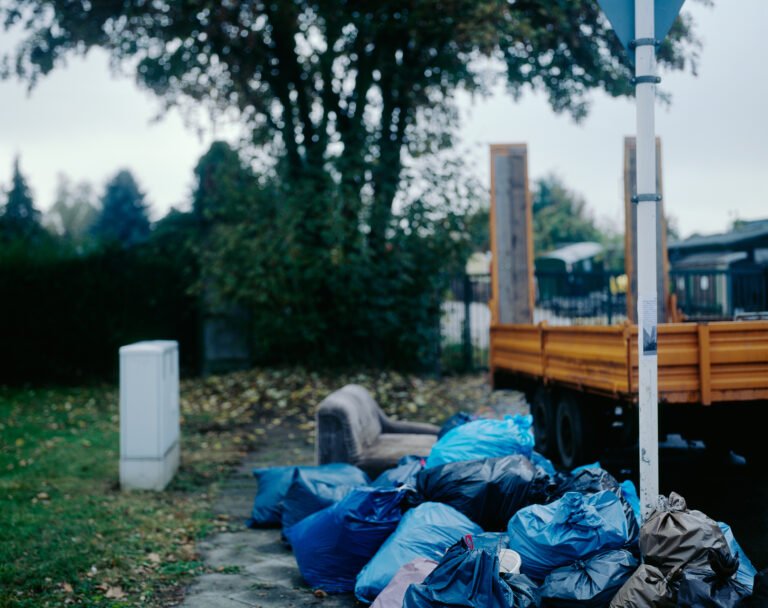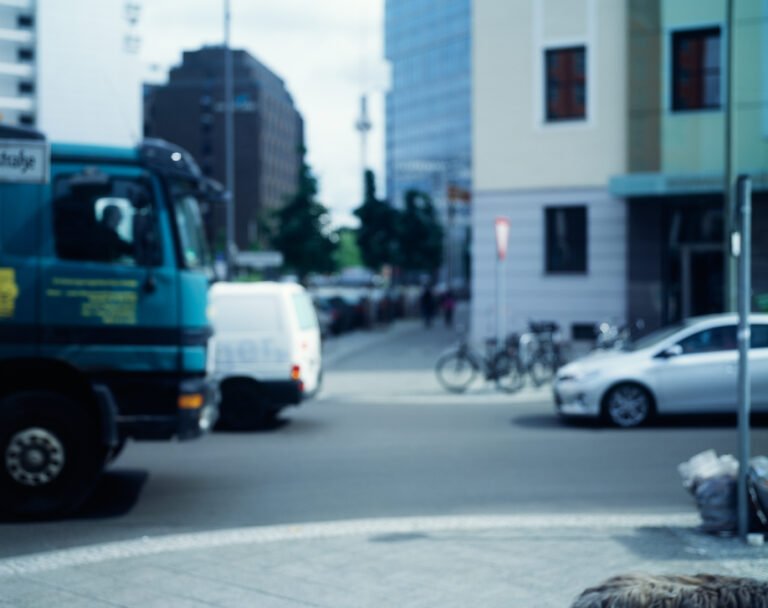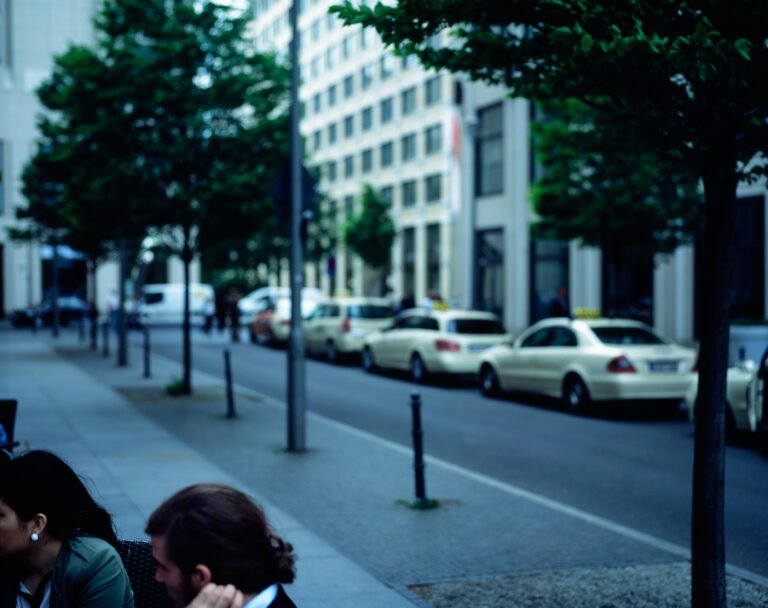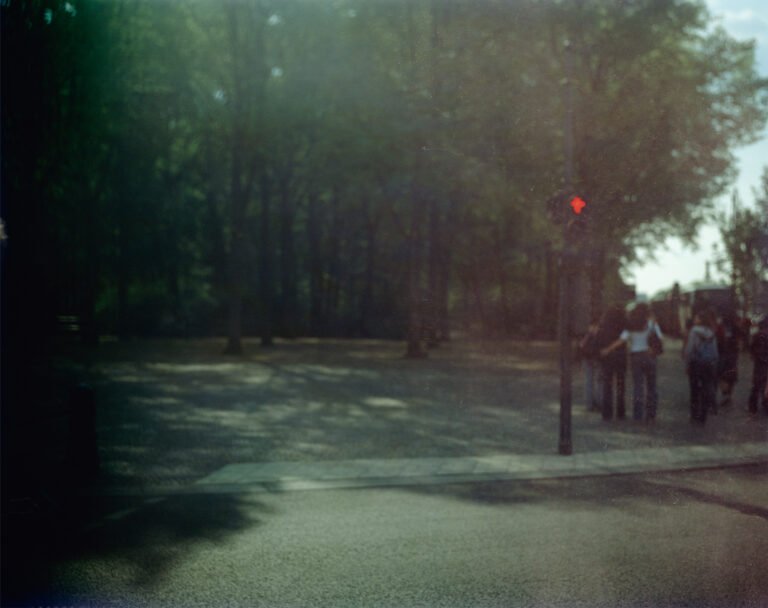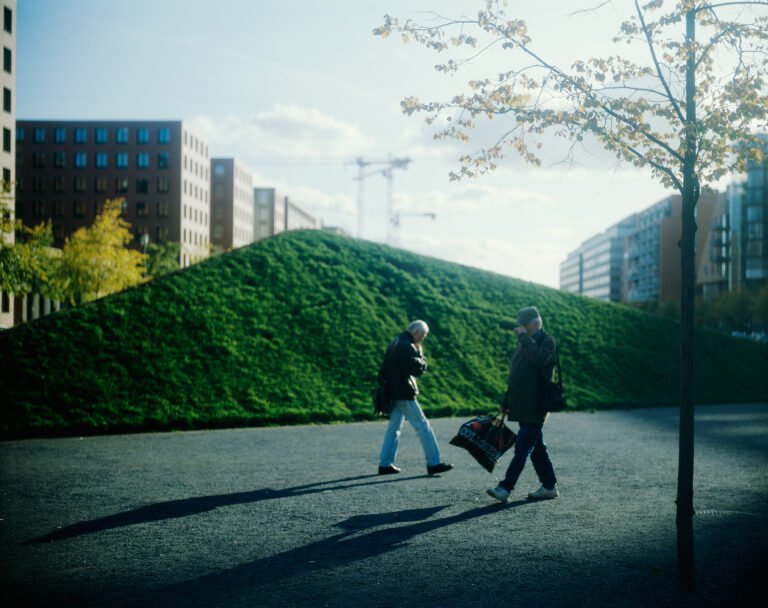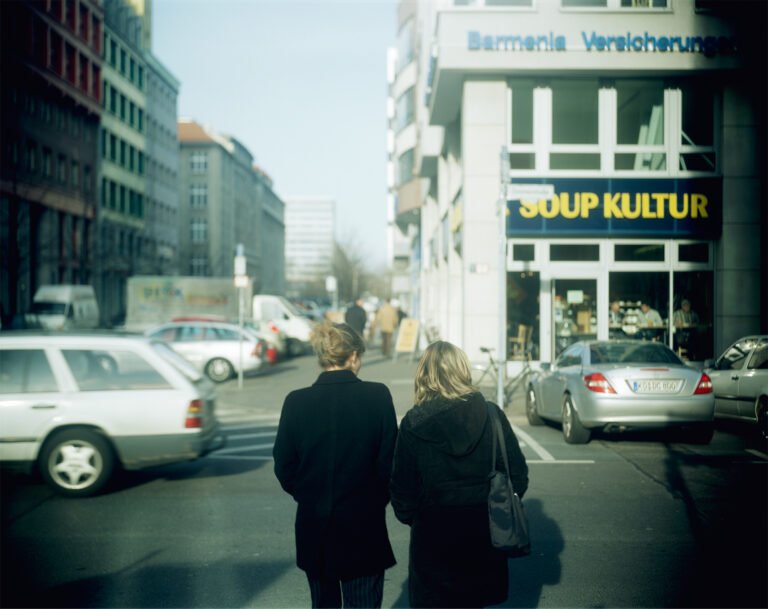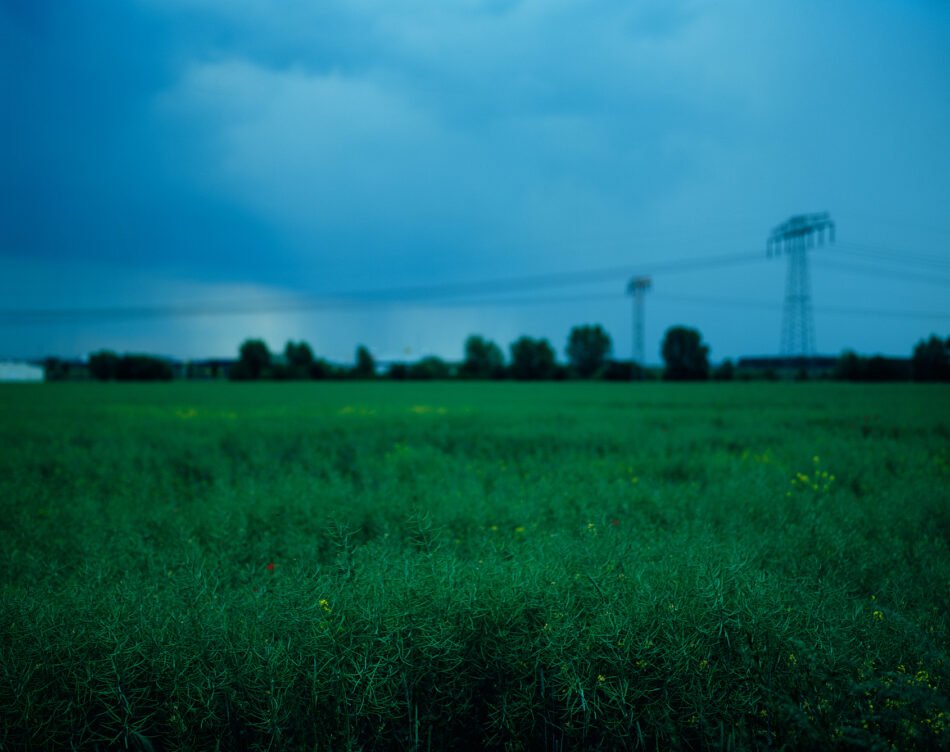
You Can Tear Down a Wall
Walking through Berlin is like walking in on an open air history lesson on the 20th century. The tragedies and triumphs the city and its inhabitants witnessed during this century are almost incomprehensible. Imagine being a 90 year old inhabitant of Berlin. For me as a foreigner, Berlin, with its contradicting architecture, open spaces, concrete blocks with graffiti art and overall relaxed vibe, is an inspiring and interesting place. As you walk the streets you still feel the city’s recent history exposed by its urban locations.
During the period I lived in Berlin (2007 – 2009) I was very aware of its past. Biking through the city the locations became my guide. The places triggered certain images of the past and especially images of the Cold War period. The fall of the Berlin Wall in 1989 is probably my first conscious historic memory. I was 15 years old and can vividly remember the images on our tv screen and my emotions looking at all those people crossing the border. Expressions of joy mixed with feelings of pain and disbelieve are imprinted in my memory. Looking through these eyes at the places I pass in the present, I wondered if I could make the apparent invisible Wall tangible again by using the photographic medium? I did not only want to document the
locations, I also wanted to add an extra dimension. I was thinking about how memories can be very vivid and at the same time quite unreachable. They are very fragmented and by adding one to the other you get a bigger picture, but you cannot really grasp the full details. You can almost reach it, but there is always a distance / a thin layer between ones self in the present and ones memories.
Together with the idea that every place has its own hidden past, that people are still coming to terms with history and that remembering is a dynamic process I wanted to show the above in a photographic series.
‘You can tear down a Wall’ is a series of images concerning places where the Wall in Berlin used to be. I use a 4×5” inch camera and literally focus on the spot where the border was (the surrounding area is out of focus) and I choose locations that could appear in any city. By focusing on a vanished spot I try to make the apparent invisibility of the past tangible,almost touchable again. Although landscapes are changing, the memory lives on in the people who witnessed this period and in the generations after them. With this series I try to make a monument for the process of memory.
Work shown at Museum Stadsgalerij / Schunk Heerlen | Encounters II and at
Domkerk and Centraal Museum Bureau / Niemandsland | Culturele Zondag Utrecht


